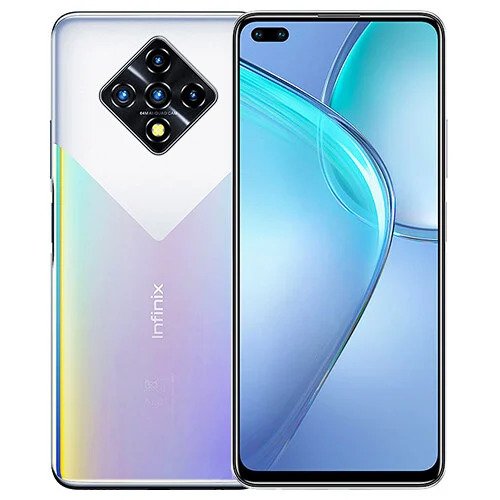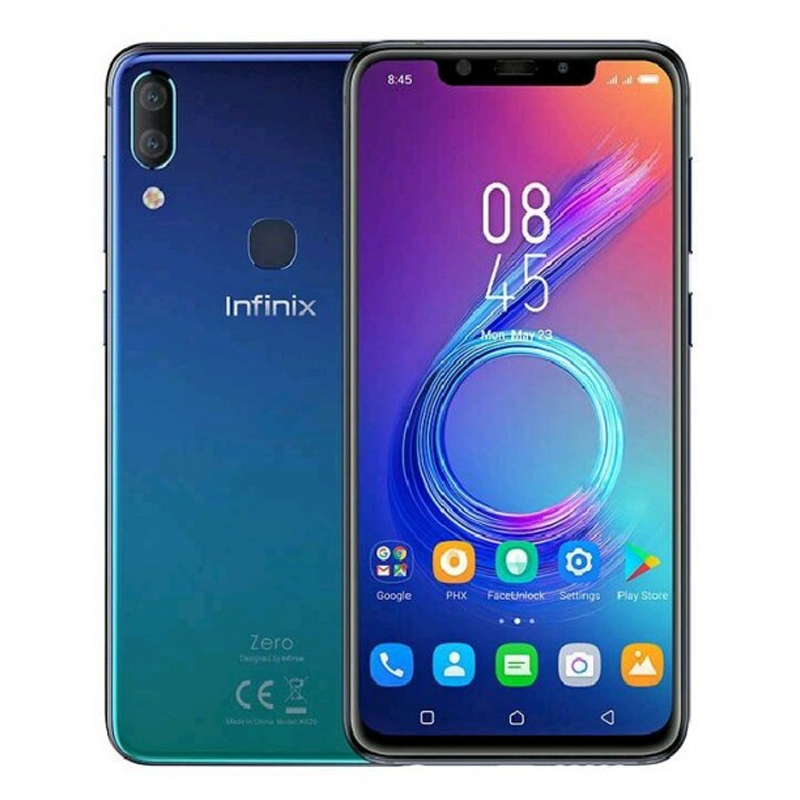It remains unclear why Infinix chose to skip the 7th generation and go straight to the 8th gen. Now that the device has been launched, we have the chance to explore: was it worth the long wait? Well, to find out, we might want to go back and look at the previous generation Infinix Zero device, the Infinix Zero 6. While there are two variants of the Infinix Zero 6, the Infinix Zero 6 and Zero 6 Pro, for an apples-to-apples comparison, we shall be looking at the base model Infinix Zero 6. We shall also be comparing it to the Zero 8 base model. We have tabulated a detailed comparison of these two devices and you can check out that detailed breakdown in the appendix of this post. But first, let’s look at the obvious changes between these two devices. Most notably, the display grows from 6.1-inches (on the Zero 6) to 6.85-inches on the newly released Zero 8. The Zero 8 also sports a 90Hz refresh-rate option. The storage department also got a decent bump from a 6GB RAM +64GB ROM combo for the base model to 8GB RAM +128GB ROM for the Zero 6 and Zero 8 respectively. The Zero 8 is also a little chunkier than its predecessor, adding 27g from 178g to 205g. Under the hood, the new device packs the Mediatek G30T, one of the beefiest processors that has featured in a number of very capable gaming devices this year. This chip also enables a 90Hz refresh rate, one of 2020’s contemporary features. Below is the detailed spec comparison of these two devices. Is the Zero 8 a worthy successor to the Zero 6? Well, the beefier chipset, the multiple cameras, the 90Hz refresh-rate are rather compelling reasons to get this device. The Zero 8 is a complete upgrade over the Zero 6 in most metrics and so the wait has been more than worth it. However, the Infinix Zero 8 is not without competition. Realme 6, Tecno Camon 16 Premier, and Xiaomi’s Redmi Note 9 devices are just some of the similarly priced offers in the market today.



